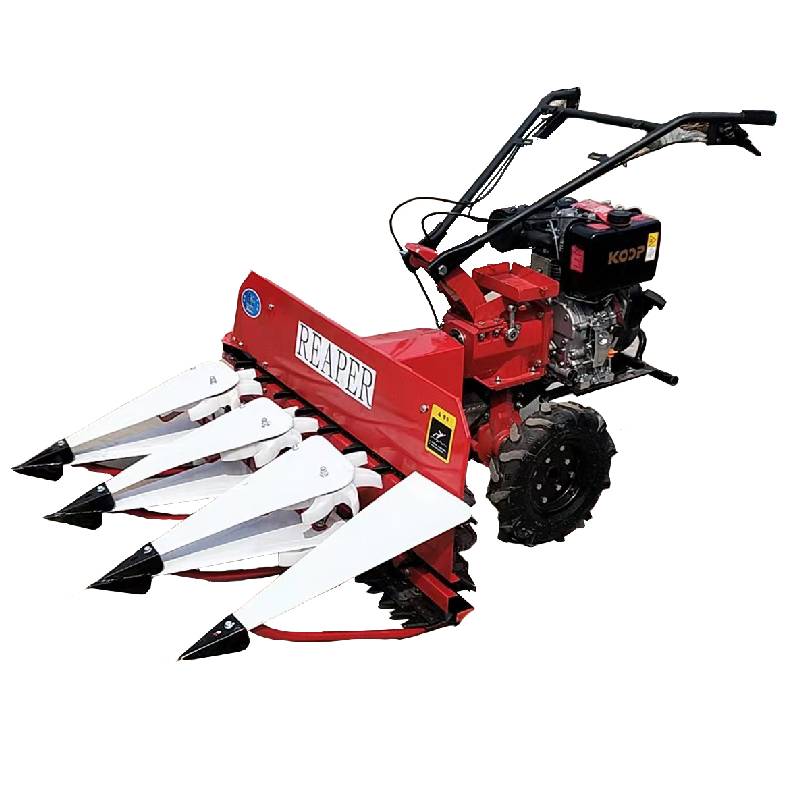Current Prices for Rice Reapers and Market Trends
The Rising Market for Rice Reapers Prices and Trends
In recent years, the agricultural sector has witnessed significant advancements in technology, particularly in rice cultivation. One of the most transformative pieces of equipment in this evolution is the rice reaper, a machine that has dramatically increased the efficiency of harvesting rice. As global demand for rice continues to rise, so does the importance of understanding the factors influencing the prices of rice reapers.
Understanding Rice Reapers
Rice reapers are specialized machines designed to harvest rice crops quickly and efficiently. They come in various forms, ranging from simple hand-operated models to advanced automated machines capable of handling large fields in a fraction of the time it would take traditional methods. The efficiency of these machines not only helps to reduce labor costs but also minimizes losses due to weather or pests during the harvesting season.
Price Trends in Rice Reapers
The prices of rice reapers vary widely depending on several factors, including brand, model, technological features, and regional demand. On average, a basic rice reaper might cost anywhere from $1,000 to $5,000, while high-end models featuring automation and satellite technology can exceed $20,000.
In recent years, the market has seen a steady increase in prices, primarily due to rising raw material costs and increased demand as more farmers look to mechanize their harvesting processes. Additionally, with the continuous advancement in agricultural technology, manufacturers are introducing new features that improve efficiency and usability, contributing further to rising prices.
rice reaper price

Factors Influencing Prices
1. Technological Advancements As technology progresses, newer models of rice reapers are being equipped with features such as GPS navigation, automated cutting systems, and real-time monitoring capabilities. These innovations make the machines more expensive, but they also enhance productivity, making them a worthy investment for many farmers.
2. Global Demand for Rice Rice remains a staple food for a significant portion of the world's population. As the global population grows, so does the demand for rice, prompting farmers to adopt mechanical harvesting solutions to keep pace. The increased agricultural output required to meet this demand drives up the demand for rice reapers, consequently inflating their prices.
3. Supply Chain Issues The agricultural machinery market is also influenced by supply chain dynamics. Disruptions due to global events, such as the COVID-19 pandemic, have led to shortages of essential components, driving up production costs. These costs, in turn, are passed on to consumers, resulting in higher prices for rice reapers.
4. Government Policies and Subsidies In various countries, government policies regarding agricultural subsidies can significantly influence the prices of rice reapers. Programs aimed at promoting mechanization in agriculture can provide financial assistance or incentives for farmers, making it more feasible for them to invest in such equipment.
Conclusion
The rising prices of rice reapers reflect broader trends in global agriculture, characterized by an increasing push towards mechanization and efficiency. While the initial investment may seem daunting, the long-term benefits, including reduced labor costs and improved harvest efficiency, make rice reapers a valuable asset for modern farmers. As technology continues to evolve, it is likely that we will see even greater advancements in this field, potentially altering the market landscape for rice reapers further. For farmers looking to stay competitive, understanding these trends is essential for making informed decisions about their harvesting strategies.
Latest news
-
When to Upgrade Your Old Forage HarvesterNewsJun.05,2025
-
One Forage Harvester for All Your NeedsNewsJun.05,2025
-
Mastering the Grass Reaper MachineNewsJun.05,2025
-
How Small Farms Make Full Use of Wheat ReaperNewsJun.05,2025
-
Harvesting Wheat the Easy Way: Use a Mini Tractor ReaperNewsJun.05,2025
-
Growing Demand for the Mini Tractor Reaper in AsiaNewsJun.05,2025







